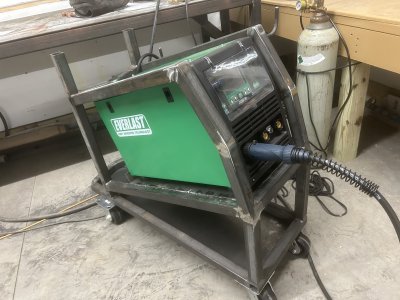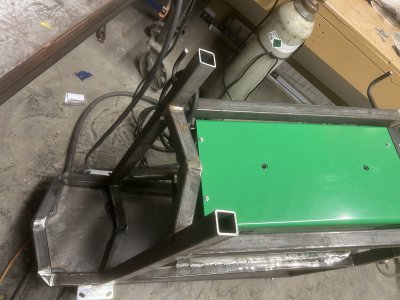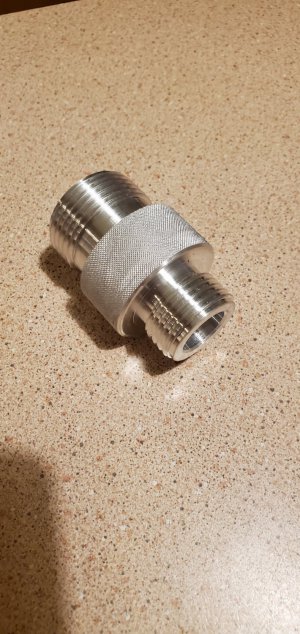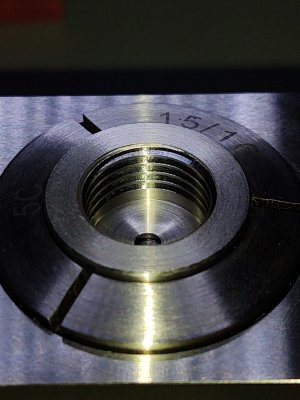- Joined
- Nov 25, 2015
- Messages
- 8,344
I made my original gasket out of cork, but it kept expanding and shrinking depending on use and would fall out.
I settled on some heavy fellpro gasket sheeting that I cut up. I cut it slightly oversize so that the rounded over edge would keep it in.
It has worked well. Of course you have a dedicated spout.. so you can cut to exact size if it suits you.
I settled on some heavy fellpro gasket sheeting that I cut up. I cut it slightly oversize so that the rounded over edge would keep it in.
It has worked well. Of course you have a dedicated spout.. so you can cut to exact size if it suits you.





